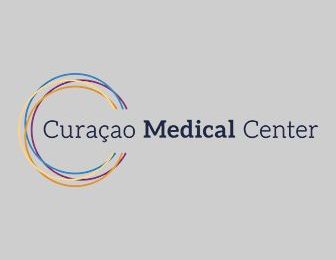Examine
To examine your heart rhythm and determine a disorder, the cardiologist can do a number of examinations, such as an electrophysiological examination. In addition, other studies are also possible.
Heart film (electrocardiogram, E.C.G.)
With a heart film (E.C.G.) we measure the electrical activity of your heart muscle.
The E.C.G device makes this visible in a graph on a screen or on paper. It’s a quick and safe investigation that doesn’t hurt.
Bicycle test (ergometry)
In a bicycle test, the technician makes a heart film (E.C.G.) while you exert yourself.
With exercise, the heart has to work harder and needs more energy and oxygen. As a result, abnormalities in the heart are more visible with a heart film (E.C.G.) during exercise than at rest. With a cycling test, the cardiologist can assess how the blood flow to your heart muscle is during exercise.
Holter (Heart rhythm registration)
With a holter, also called dynamic ECG, a recorder records your heart rhythm at home for at least 24 hours.
The recorder is about the size of (hefty) mobile phone. It’s in a bag that you can wear around your neck. During the examination, you must keep the ‘holter diary’.
The examination may take 24 hours or more.


Treatments
Your cardiologist can treat cardiac arrhythmias with, for example, medication. In addition, there are several other treatment options, such as Ablation and the placement of an Internal Defibrillator (ICD)
Electrocardioversion
An electrocardioversion is a treatment to restore the irregular heart rhythm to a normal, regular heart rhythm.
This may involve atrial fibrillation/atrial fibrillation or atrial flutter/atrial flutter. With an electrocardioversion, you will receive an electric shock. This is done under general anesthesia.
ATTENTION! You need to prepare for this treatment. Therefore, read this information carefully at least 1 DAY before the treatment! It is important that you follow these instructions carefully. Otherwise, the treatment may not be able to continue.
Placing pacemaker
The cardiologist may place a pacemaker if you have a slow heart rate and/or if your heart is no longer pumping properly.
The pacemaker helps your heart to work as well as possible by regularly giving an electric current. You will not feel any of this. The pacemaker can have 1, 2 or 3 wires/ electrodes. This depends on the reason you are getting the pacemaker. Your cardiologist will discuss this with you in advance.
A pacemaker is a small electronic device. The pacemaker consists of a battery and electronics. These are built into a titanium housing. The body tolerates this metal well. The pacemaker wires / electrodes ensure that the current enters your heart. Through the end of the pacemaker wire, the pacemaker delivers the current impulse to the heart. The electronics of the pacemaker can be compared to a very small computer. The battery ensures that the pacemaker can do its job for years.
Outpatient clinics and departments
Cardiology
Cardiologists specialize in recognizing and treating conditions of the heart and large blood vessels.


